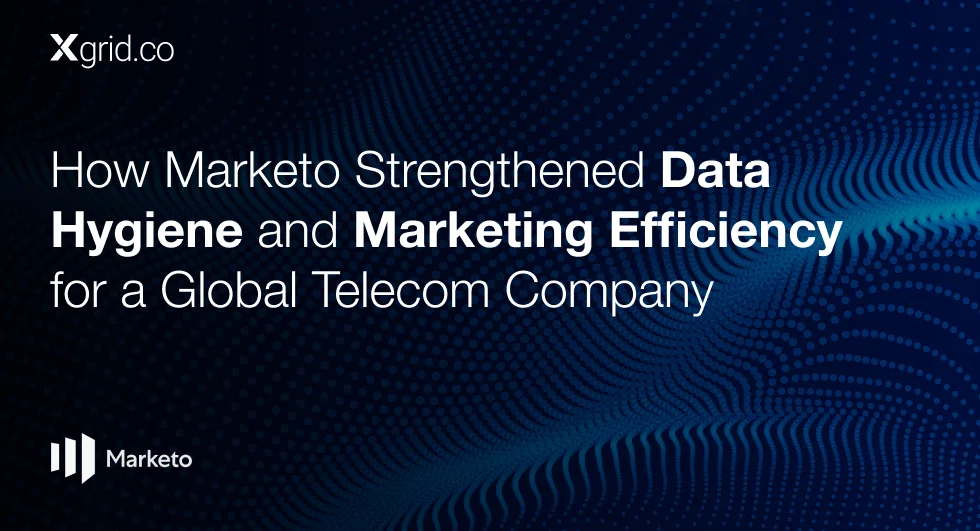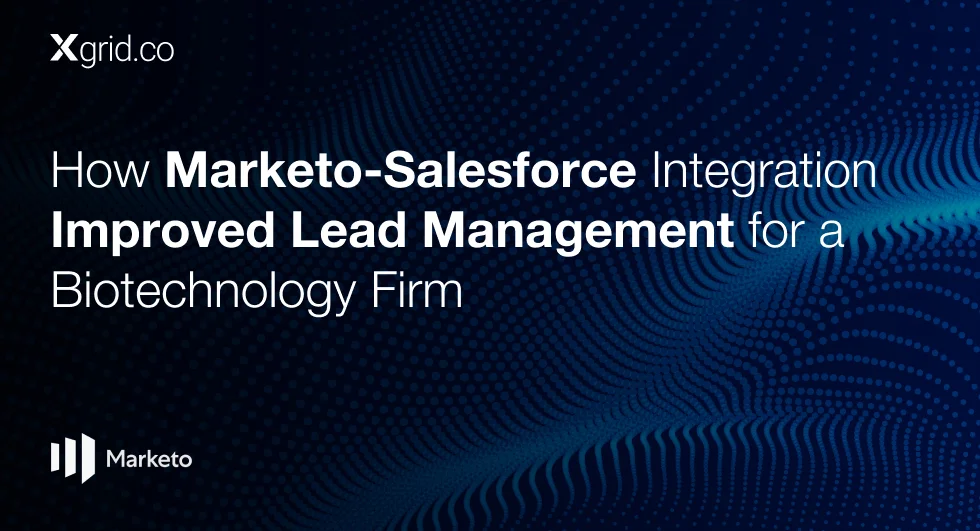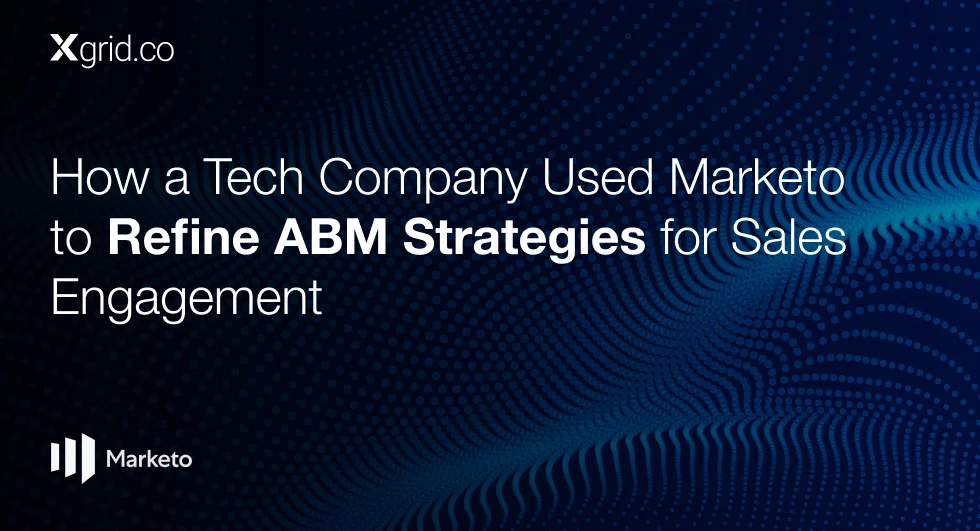How to Build Your Next Marketo Event Template
Step 1: Set Clear Goals
Before diving into template creation, define what you want to achieve. Are you aiming to generate leads, boost brand awareness, or engage with customers? According to a report by the Event Marketing Institute, 79% of marketers say events help generate sales opportunities, so having clear goals is crucial.
Step 2: Keep Design Consistent
A consistent design is key for brand recognition. Use your brand’s colors, logos, and fonts throughout the template. This not only makes your event materials look professional but also strengthens your brand identity. Lucidpress found that consistent branding can increase revenue by up to 23%.
Step 3: Craft Engaging Content
Your event template should have clear and compelling content. Include essential details like the event date, time, speakers, and agenda. Keep your messaging simple and to the point to grab attention. Amanda Oles from Stensul emphasizes the importance of straightforward and appealing content to draw in attendees.
Step 4: Simplify Registration Forms
Make your registration forms easy to complete. HubSpot research shows that reducing form fields can increase conversion rates by up to 50%. Only ask for essential information like name, email, and company to make the process smooth. Use Marketo’s form integration features to connect with your CRM seamlessly.
Step 5: Automate Email Campaigns
Automated emails are crucial for keeping registrants engaged. Schedule confirmation emails, reminders, and follow-ups to maintain communication. The Data & Marketing Association reports that automated emails generate 320% more revenue than non-automated ones, highlighting their importance.
Step 6: Personalize Communications
Personalized messages can significantly improve engagement. Use dynamic content in your emails and landing pages to tailor messages based on recipient behavior and preferences. Epsilon’s research indicates that personalized experiences can boost conversion rates by 80%. Marketo’s personalization tools make this easy to implement.
Step 7: Utilize Social Media
Promote your event on social media to reach a wider audience. Marketo’s social tools can help schedule posts and track engagement. Social Media Examiner states that 66% of marketers see lead generation benefits from social media with just six hours of effort per week. Add social sharing buttons to your event page to encourage sharing.
Step 8: Analyze and Improve
Use Marketo’s analytics to monitor your event campaign’s performance. Track metrics like email open rates, click-through rates, and registration numbers to identify what works and what doesn’t. Forrester reports that data-driven marketers are six times more likely to achieve competitive advantage, making analytics essential.
Step 9: Gather Feedback
Collect feedback from attendees to improve future events. Post-event surveys can provide insights into what participants liked and what needs improvement. Incorporating this feedback into your next template will enhance its effectiveness.
Step 10: Consult Marketo Experts
If you’re new to Marketo or looking to optimize your event templates, consulting with Marketo experts can be highly beneficial. Beth Corby from Gnw Consulting suggests using resources like the Adobe Experience Documentation for detailed guidance on using Marketo’s features for event marketing. Additionally, our Marketo experts are available to help you maximize the platform’s potential.
Conclusion
Building a successful event template in Marketo involves clear goals, consistent design, engaging content, and leveraging advanced features like automation, personalization, and analytics. By following these steps, you can create a professional and effective event template that drives registrations and engagement, ultimately contributing to your marketing success.
For personalized advice, reach out to our Marketo experts who can provide guidance tailored to your needs, ensuring you get the most out of your event marketing efforts.
Downloads
Article (PDF-276 KB)MOST POPULAR INSIGHTS
- How Marketo Strengthened Data Hygiene and Marketing Efficiency for a Global Telecom Company
- How Marketo-Salesforce Integration Improved Lead Management for a Biotechnology Firm
- How a Tech Company Used Marketo to Refine ABM Strategies for Sales Engagement
- How Marketo Campaigns Were Streamlined with Templates and Tokens
- How Marketo Solidified Marketing Insights with Custom Attribution Models
Related Articles
Related Articles

Established in 2012, Xgrid has a history of delivering a wide range of intelligent and secure cloud infrastructure, user interface and user experience solutions. Our strength lies in our team and its ability to deliver end-to-end solutions using cutting edge technologies.
OFFICE ADDRESS
US Address:
Plug and Play Tech Center, 440 N Wolfe Rd, Sunnyvale, CA 94085
Dubai Address:
Dubai Silicon Oasis, DDP, Building A1, Dubai, United Arab Emirates
Pakistan Address:
Xgrid Solutions (Private) Limited, Bldg 96, GCC-11, Civic Center, Gulberg Greens, Islamabad
Xgrid Solutions (Pvt) Ltd, Daftarkhwan (One), Building #254/1, Sector G, Phase 5, DHA, Lahore




